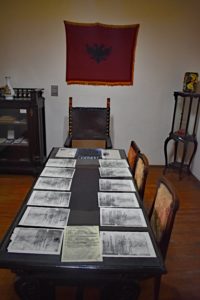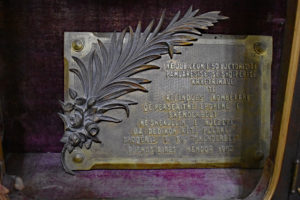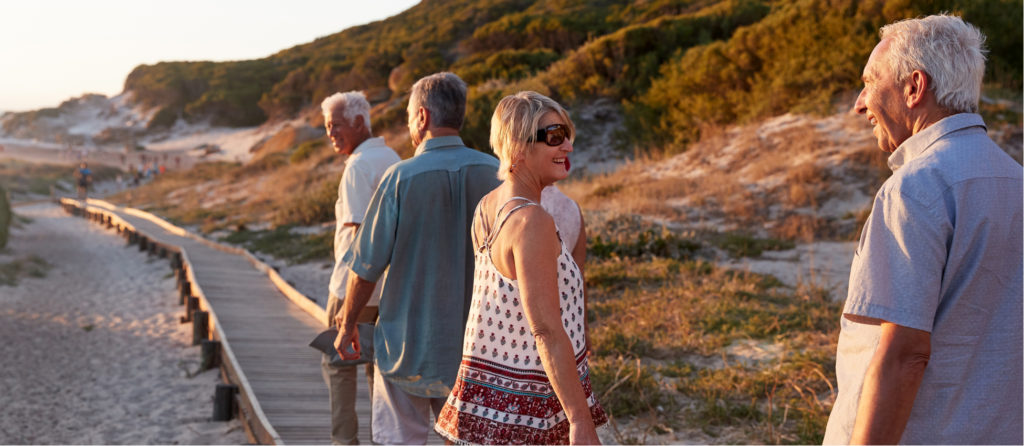Vlora, in southwest Albania, is where the country’s independence was proclaimed in 1912. On a free day, we decided to visit the town’s three museums and having started with the “Historical and Archaeological Museum”:https://www.silvertraveladvisor.com/review/attraction/201375-review-historical-and-archaeological-museum-of-vlora, we discovered the Ethnographic Museum was closed, so it was onto the National Museum of Independence.
This museum is located near the port and was formerly its quarantine hospital. It was then turned into the Headquarters of Albania’s first government, as it was the only building available.
The helpful lady at the ticket booth took our money (100 Lek/75p each) and asked if we were English. We assumed it was for tourism statistics, but when we confirmed we were, she told us we could take photographs, despite the existence of ‘no photograph’ signs dotted about. It would have been interesting to know which nationalities were not afforded the same privilege.
Outside were a series of portraits, but it wasn’t totally clear who they were of. There was also a display of numbered telegrams dated November 1912, which we assumed were notifications to various states/countries notifying them of independence.
On the ground floor of the modestly sized villa, were three numbered rooms (Pavilions) and a further four up a rather steep wooden staircase. All the exhibits had Albanian and English captions and most contained furniture, portraits and documents associated with the gaining of independence. Downstairs rooms were predominantly filled with photographs and papers.
Pavilion 4 included a family portrait of Ismail Qemali, the principal author of the Declaration of Independence, with his 9 children. He used the room when serving as the country’s first Prime and Foreign Minister from 1912 to 1914.
In pavilion 5 was a wooden wall clock “symbolically stopped at 4pm, an hour after was taken the decision on the declaration of independence”. Maybe something got lost in the translation as it wasn’t quite clear what this meant.
The table in the Cabinet Room was set for eight ministers with their portraits adorning the walls and details of their relevant portfolios.
Pavilion 6 housed a bronze plaque given to Vlora by the Albanians living in Argentina on the 50th anniversary of Independence.
We spent about 30 minutes in this small but historically important museum and took many photos, thanks to the lady in the booth.










